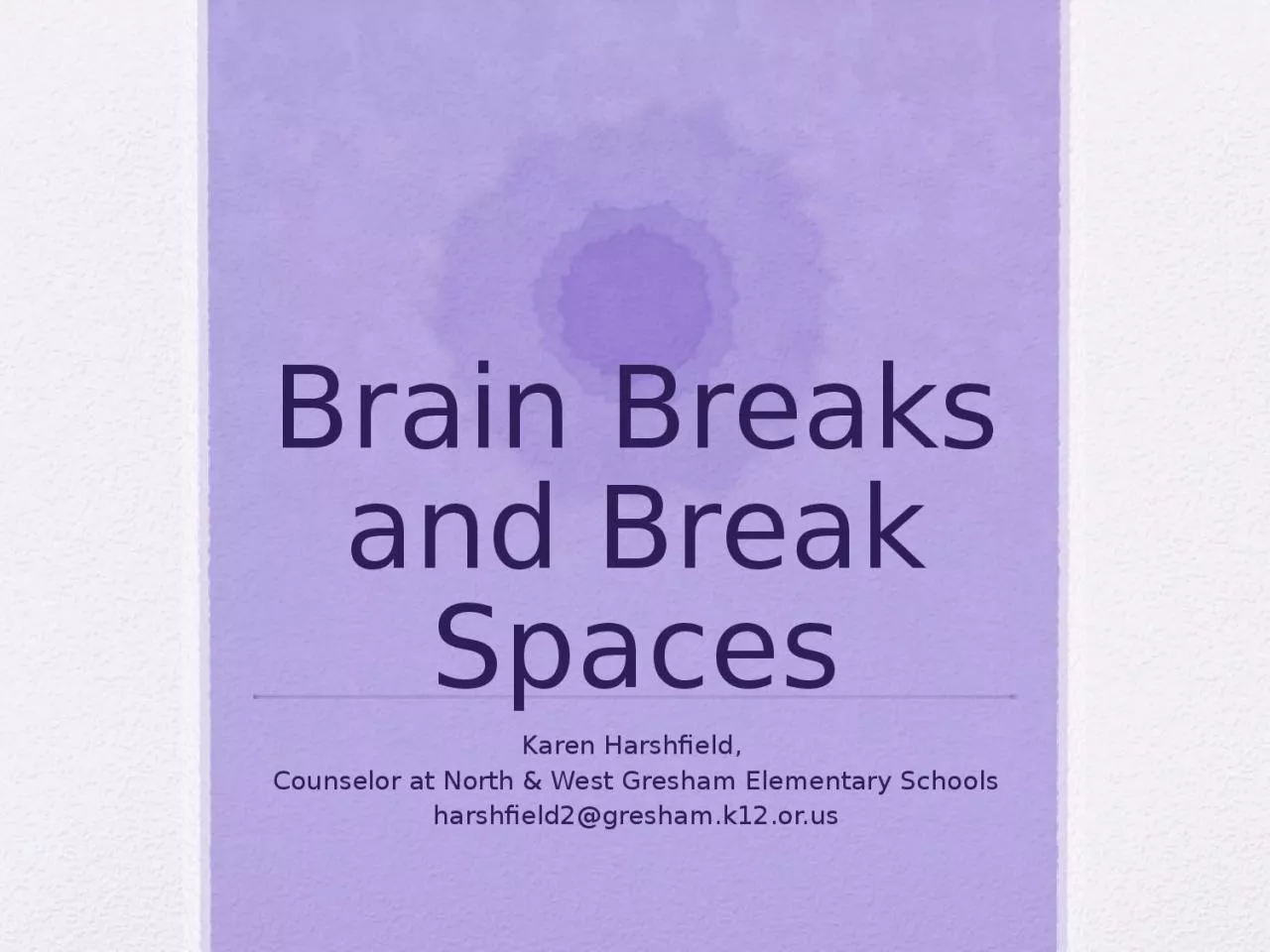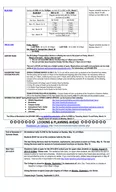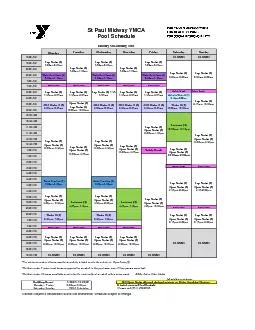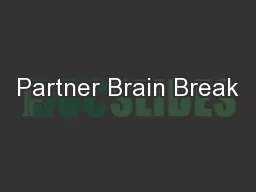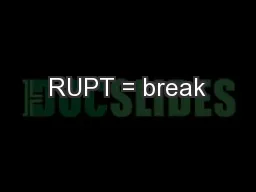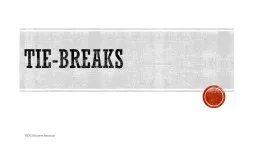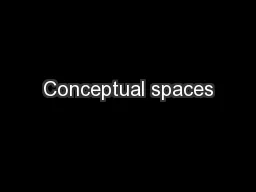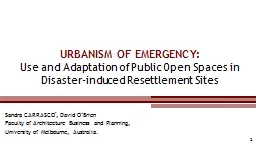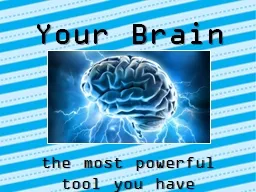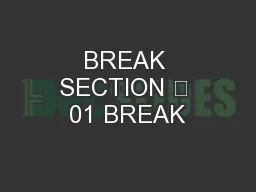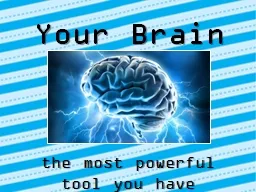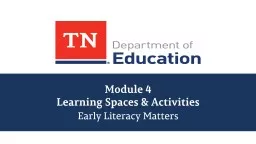PPT-Brain Breaks and Break Spaces
Author : natalie | Published Date : 2023-06-24
Karen Harshfield Counselor at North amp West Gresham Elementary Schools harshfield2greshamk12orus Why Brain Breaks Angela Handscom Ped Occupational therapist
Presentation Embed Code
Download Presentation
Download Presentation The PPT/PDF document "Brain Breaks and Break Spaces" is the property of its rightful owner. Permission is granted to download and print the materials on this website for personal, non-commercial use only, and to display it on your personal computer provided you do not modify the materials and that you retain all copyright notices contained in the materials. By downloading content from our website, you accept the terms of this agreement.
Brain Breaks and Break Spaces: Transcript
Download Rules Of Document
"Brain Breaks and Break Spaces"The content belongs to its owner. You may download and print it for personal use, without modification, and keep all copyright notices. By downloading, you agree to these terms.
Related Documents

